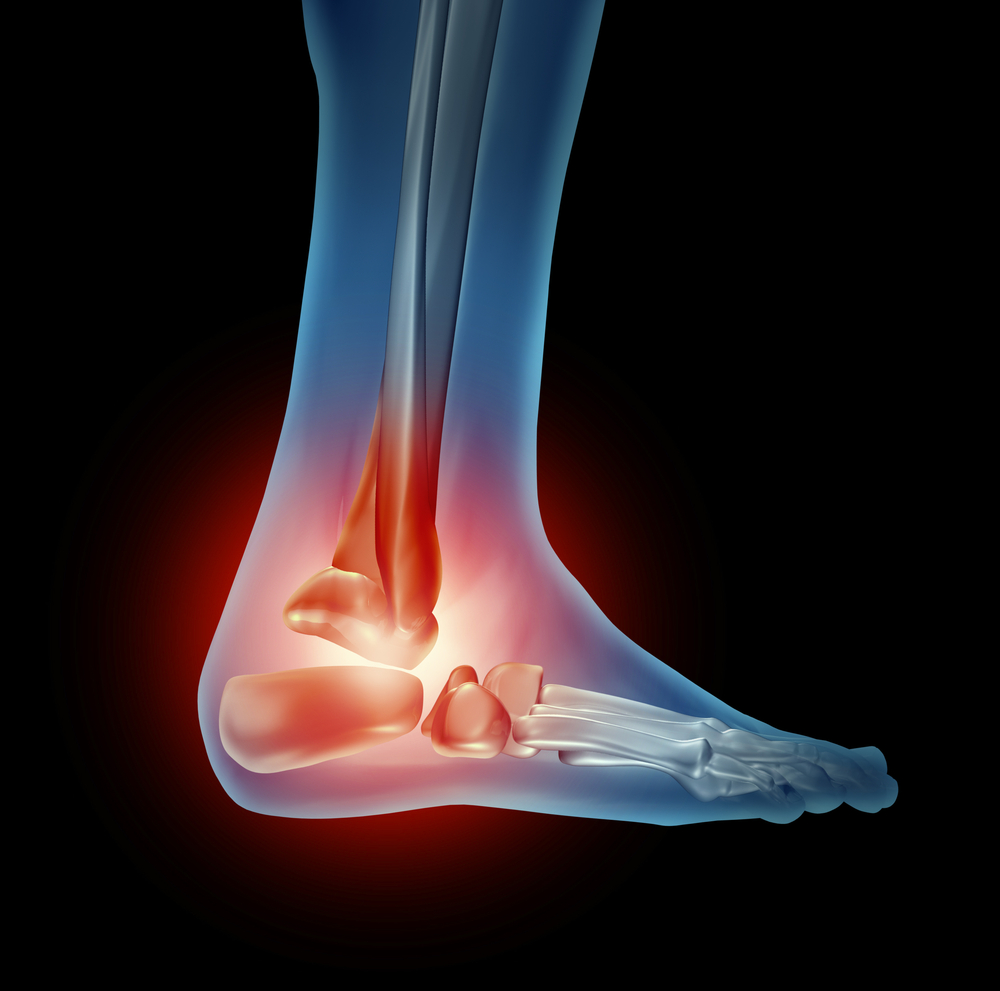
Researchers in Singapore have developed a powderized titanium-tantalum alloy that could be used to make biocompatible bone replacements using Selective laser melting (SLM).
Florencia Edith Wiria from A*STAR’s Singapore Institute of Manufacturing Technology (SIMTech) and Wai Yee Yeong from the Singapore Centre for 3D Printing (SC3DP) at Nanyang Technological University collaborated to blend the alloy for use in the 3D printing process.
Titanium alloys are a primary choice for orthopedic devices such as knee and hip implants because they have excellent mechanical attributes and resist infection. While there has been success creating biomedical prototypes using titanium-aluminum-based powders, concern over aluminum’s long-term effects on human neurology has prompted a search for alternatives, the researchers say.
Alloys with titanium and tantalum are therefore desirable because they are biocompatible and mechanically superior to titanium alone. However, tantalum’s very high melting point (over 3,000°C) means it is not viable economically to turn into finely dispersed microspheres which flow smoothly for SLM printing. Commercial tantalum powders are usually made of rough, elongated microparticles that are formed via gas atomization.
Rolling medium
To overcome this problem, the team blended the jagged tantalum powder with another readily available powder of titanium microspheres. After mixing the two materials together for half a day, they observed the mixture could be spread more evenly for SLM use, which was favorable for the printing process. Microscopy experiments revealed that the titanium’s spherical shape was retained after mixing which was key to this success.
‘The titanium powder acts as a rolling medium,’ said Wiria. ‘It pushes the tantalum powder along and makes the processing by SLM possible.’
By applying a ‘checkerboard’ laser scanning pattern that melted metals in alternate up/down or side-to-side movements to reduce thermal stress, the researchers successfully produced titanium-tantalum 3D shapes with SLM. Surprisingly, X-ray and imaging technology showed that addition of tantalum, coupled with rapid solidification, promoted and stabilized the formation of strong, laminar titanium grains.
The researchers envision the titanium-tantalum alloys could reduce the ‘stress shielding’ effects that occur when implants are too elastic and transfer insufficient loads to neighboring bones. ‘These alloys are specifically designed for orthopedic applications, and even have the potential to show a type of ‘shape-memory’ after being deformed,’ said Yeong. ‘This opens up the possibilities of printing personalized devices to improve patient care.’
This story is reprinted from material from Singapore Institute of Manufacturing Technology, with editorial changes made by Materials Today. The views expressed in this article do not necessarily represent those of Elsevier.





